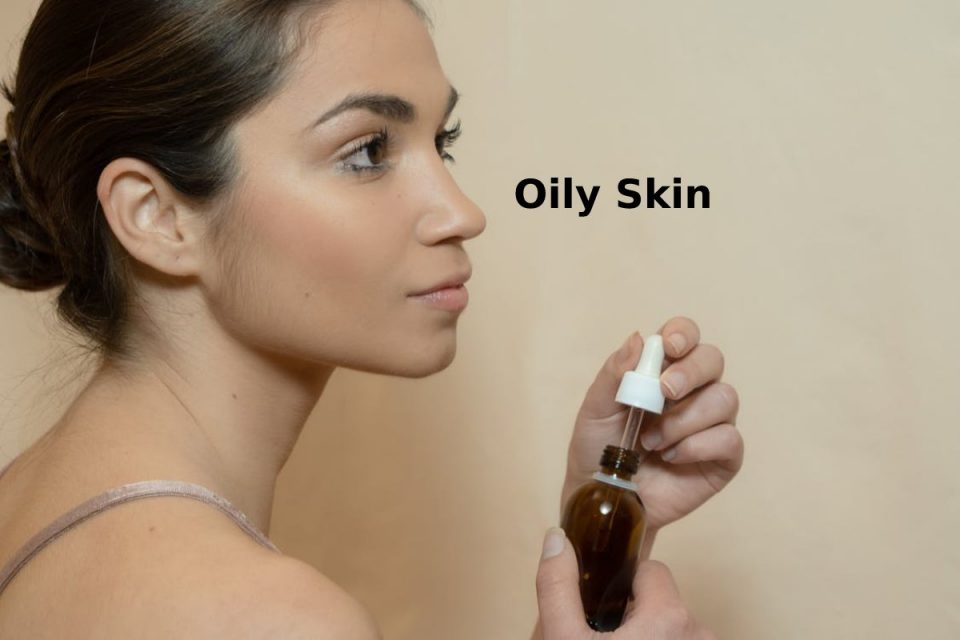Table of Contents
Introduction
Normal, dry, oily skin, mixed. Each type of skin has its peculiarities that must be considered in front of your mirror or known when you graduate from the CAP Aesthetics, Cosmetics, and Perfumery.
The beauty routine to set up differs depending on the skin type. Today, we give you the keys to own to adopt a beauty routine to have oily skin at the top!
What is oily skin?
Normal, dry, mixed. There are many skin types, and each of us has his own. Oily skin remains characterized by excessive sebum production by the sebaceous glands. Oily skin is easily recognizable thanks to several factors:
- The skin has a shiny appearance.
- Skin pores are easily visible and dilated
- Facial makeup often has trouble holding, especially foundation
- The thickness of the skin is more pronounced than for other skin types.
The shiny or shiny appearance of the skin and the dilation of the pores remain often pronounced at the level of the T-zone of the face (forehead, nose, cheeks).
People with oily skin tend to see pimples, blackheads and whiteheads (blackheads), or even acne or other imperfections.
Several factors can explain the presence of oily skin. Especially hormones that are supposed to regulate or generate the production of sebum. The genus also impacts the production of sebum and, therefore, the oily appearance of the skin. Men, in adulthood, tend to have oilier skin than women due to the production of androgen (a male hormone).
Other factors influence excess sebum:
Diet: we are what we eat, and if our diet has too many carbohydrates, the sebaceous glands will produce an excess of sebum. Same with alcohol.
Stress: Body temperature, if too high, can lead to seborrhea (excessive secretion of sebum).
Weather: As with the previous point, heat significantly impacts sebum production. Summer is a season conducive to increasing skin temperature and excess sebum.
Routine for oily skin
Like dry or combination skin, oily skin requires special care. The care of skin goes through three phases:
- Cleaning
- Hydration
- Purification
Oily skin needs to remain cleansed of all its impurities. For fat, it is advisable to clean it twice a day: in the morning and the evening. To effectively cleanse the skin, give preference to warm water first. This will have the effect of dilating the pores and removing excess sebum.
To cleanse the skin, micellar water does the trick. Micellar water eradicates all impurities from the skin. Be careful not to apply products with detergent or alcohol-based effects. These products can attack the skin and be counterproductive since the skin could tend to produce an excess of sebum, and that’s what we want to avoid at all costs!
Once the skin is well cleansed, you must rinse it with cold water to close these pores. The second step of the beauty routine is to moisturize oily skin. For this, use face cream and only face. The skin of the face is different from that of the body! Avoid too greasy elements in the choice of your cream.
One of the best compromises in terms of moisturizer is to find it with mattifying effects and zinc. The mattifying cream absorbs excess sebum, while zinc limits the risk of seborrhea.
Floral waters or plant-based essential oils are also beneficial for the skin. We think of jojoba oil and coconut oil, for example.
Finally, the last step in your skin routine is to apply a scrub regularly, without abusing it, under the penalty of suffering an excess of sebum.


